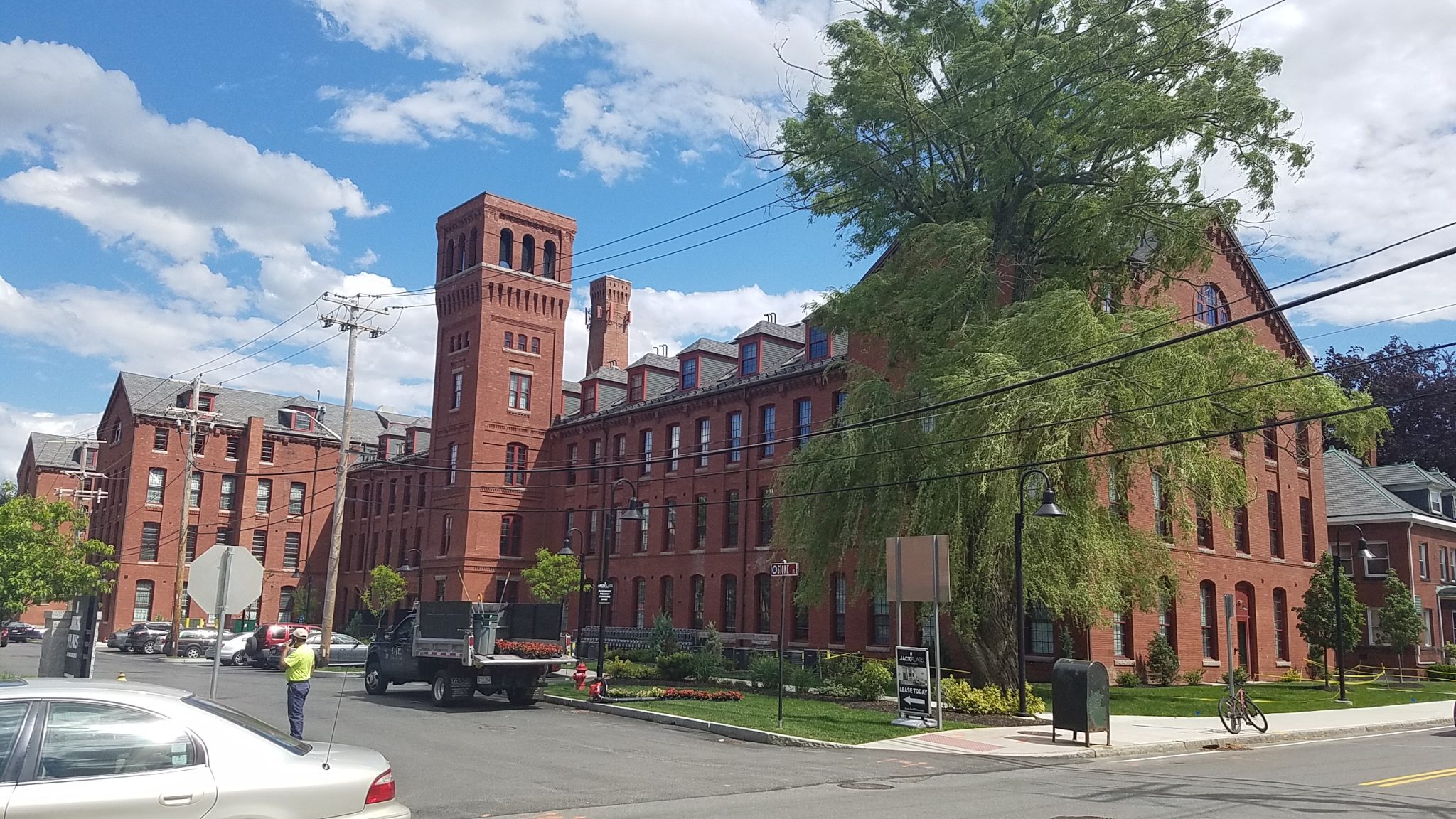
The Melrose Housing Production Plan is a process to set the course for the future of housing in Melrose.
Sign up for updates here!
Jump-to:
Final Plan | About the Plan | About Affordable Housing | Resources | HPP Guide | HPP Glossary

Final Plan
Read the final Housing Production Plan (updated February 2022).
Learn about housing need, factors affecting development, and recommendations for increasing housing production and affordability in Melrose over the next five years.
We thank you for sharing your input during the public comment period and for your participation during this entire planning process. Upon local adoption by the Melrose City Council and Planning Board, the HPP will be sent to DHCD for review and approval.
About the Plan
The City of Melrose is launching a community-driven planning process to create a vision for the future of the city’s housing and to address housing needs. The Housing Production Plan (HPP) will assess housing need and demand, analyze constraints and opportunities for housing development, set goals to address housing needs, and recommend practical strategies to achieve those goals. Along the way, this planning process will convene a public conversation about housing and the role it plays in the Melrose community. The HPP will address housing holistically with a focus on affordability and equity. Melrose has partnered with the Metropolitan Area Planning Council (MAPC) to conduct the process and produce the plan.
The ultimate product of this process is a plan that meets the requirements of a Housing Production Plan, as defined by Massachusetts General Laws under Chapter 40B. The finished plan will be submitted to the City Council and the Planning Board for adoption. If they adopt the plan, the HPP will be submitted for approval by the state’s Department of Housing and Community Development. The planning process is funded by MAPC’s District Local Technical Assistance Program and by a state Community Compact Grant awarded to the City of Melrose.
The City of Melrose Office of Planning and Community Development is leading the HPP, with Planning Director Denise Gaffey and Senior Planner Lori Massa managing the process at the City. Emma Schnur Battaglia, Senior Housing and Land Use Planner, is managing the process at MAPC. Please direct any questions to lmassa@cityofmelrose.org or ebattaglia@mapc.org.
Timeline
Fall 2020
Housing Needs Assessment and Goal Setting
Winter - Spring 2021
Development Constraints and Opportunities Analysis
Spring 2021
Strategy Development
Summer - Fall 2021
Plan Production
Winter 2022
Plan Release and Adoption
Public Engagement
The Melrose HPP will be responsive to the real housing needs of the Melrose community, and therefore public engagement is at the center of the planning process. Due to the uncertainty created by the COVID-19 crisis, this process will be primarily conducted virtually.
The City of Melrose has convened an Advisory Committee of residents and stakeholders to weigh in on the process and help the City produce a plan that reflects the community and can be implemented. Advisory Committee members are responsible for sharing local knowledge of community attitudes towards housing, housing need and demand, challenges and barriers to meeting demand, and development opportunity areas; identifying stakeholders; and reviewing and providing input on plan elements. The Advisory Committee will meet approximately 5 times over the course of the planning process.
The Advisory Committee includes the following members:
- City Councillor Jack Eccles
- Gregory Sampson, Melrose Planning Board
- Ellen Connolly
- Thais DeMarco
- Jaron Green
- Charlie Harak
- Deepak Karamcheti
- Seamus Kelley
- Dana LeWinter
- Gina Martinez
About Affordable Housing
When most people talk about housing affordability, they simply mean housing that works within their budget. The government considers housing affordable when housing costs do not exceed 30% of a household’s income. When households pay more than 30%, they often must make difficult financial decisions, such as skipping meals or doctor’s appointments to have enough money to pay for their homes. This is called being “housing cost-burdened.”
Housing planners use a specific definition of “Affordable Housing” (with a capital “A” and “H”) when discussing housing policy and development. “Affordable Housing” must cost 30% or less of a household’s income and it may only be rented or sold to income-eligible low- or moderate-income residents. Affordable Housing has restrictions on its deed that preserve affordability for decades or in perpetuity, ensuring that income-eligible households can stay in their communities. Without deed restrictions, housing costs can go up as markets rise, making homes that were once inexpensive now costly. Deed-restricted Affordable Housing protects communities from skyrocketing costs and related displacement.
Eligibility to live in deed-restricted Affordable Housing is based on household income and the number of people in the household, which is usually compared to the regional Area Median Income (AMI) calculated by the US Department of Housing and Urban Development (HUD). The 2020 AMI for the Greater Boston region, which includes Melrose, is $119,000. Under many Affordable Housing programs, households eligible for deed-restricted Affordable Housing must have incomes at or below 80% of AMI. For a household of one, 80% AMI is $66,650; for a household of four, it is $95,200. Some Affordable Housing programs serve households with lower incomes than those.
Affordable Housing can take many forms, including public housing and private Affordable Housing, which is typically built by nonprofit developers or for-profit developers through mixed-income projects. All Affordable Housing requires subsidy, and usually this subsidy comes from the government. Today’s Affordable Housing developments usually require multiple subsidies from all levels of government, as well as private debt and foundation funding, in order to be built. In addition to government-subsidized Affordable Housing, many cities, including Melrose, require market-rate developments to include Affordable Housing under laws often called “inclusionary zoning.” In this case, the market-rate units in each development help to subsidize the Affordable Housing in that development.
Resources
Final Plan: Published February 2022
Webinar #2: Goals, Strategies, Actions, and Development
June 16, 2021
Webinar #1: Existing Conditions, Vision and Goals
December 2, 2020
Fall 2020 Engagement Summary
